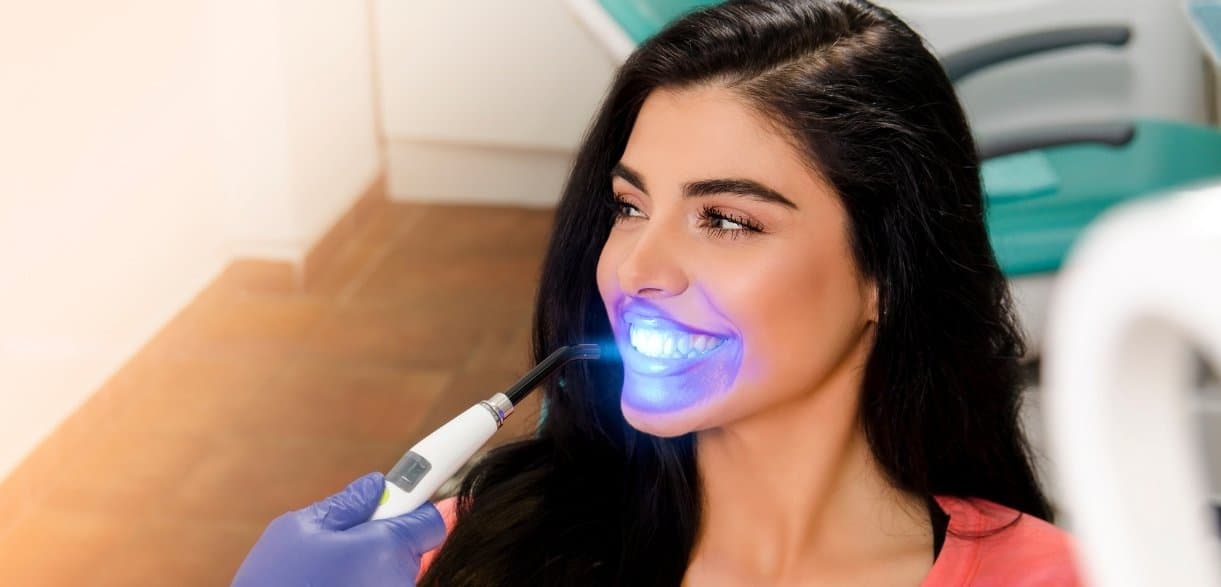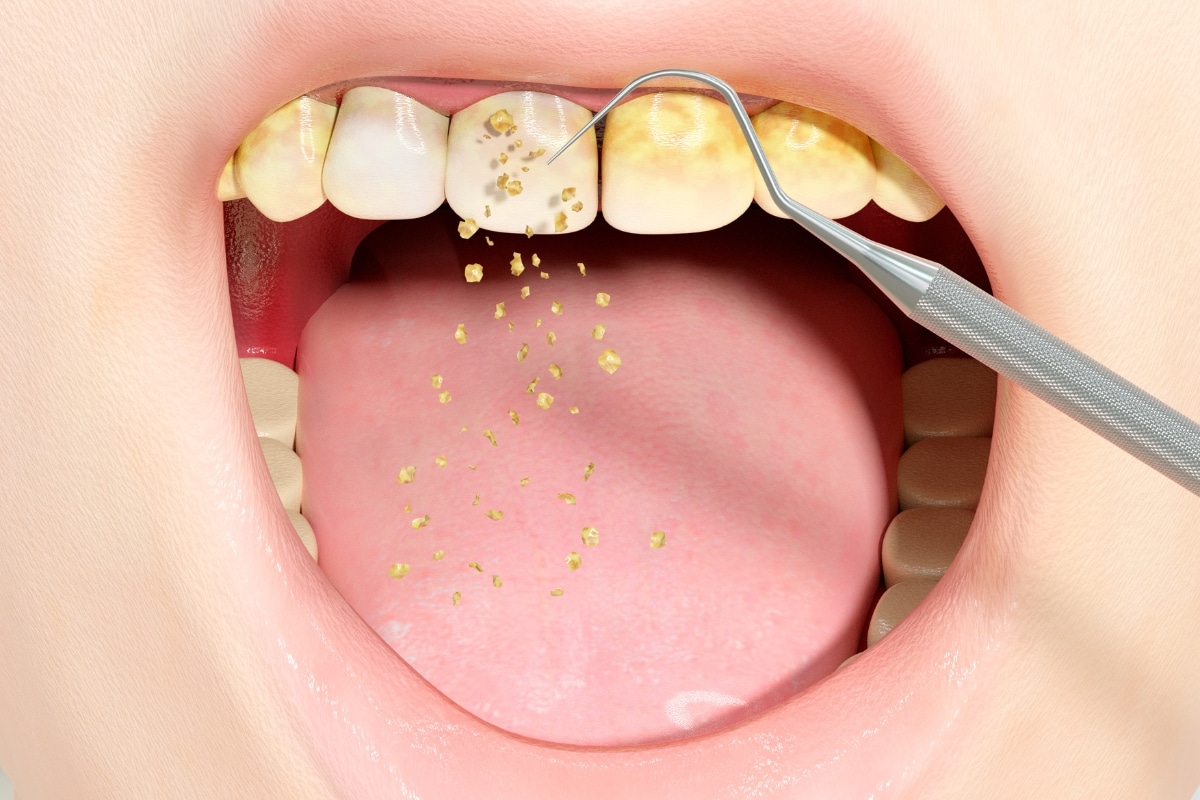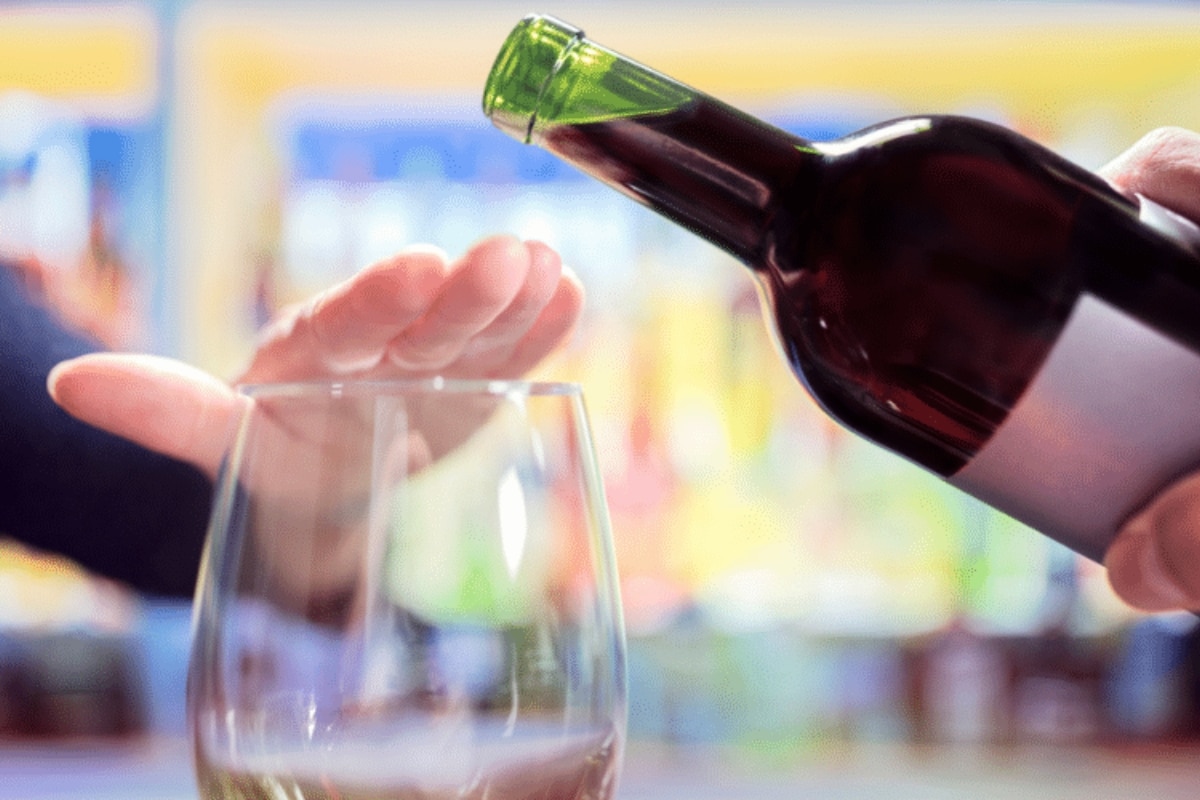Teeth Whitening for Teens: Safety and Recommendations


Teeth whitening is a popular trend among teens who want a bright, confident smile. As teenagers grow more conscious of their appearance, whitening their teeth can seem like a great way to boost confidence. However, it’s essential to approach teeth whitening for teens with caution. Understanding what methods are safe and suitable for young teeth can prevent potential risks. This guide explores safe teeth whitening options and offers helpful recommendations for teens.
Why Teens Want Whiter Teeth?
Teens are at a stage where appearance matters more than ever. A bright smile can enhance confidence, especially during social interactions. The reasons teens seek teeth whitening often include:
- Stains from food and drinks, like coffee, tea, or soda.
- Braces stains, which can sometimes leave discoloration after removal.
- General desire for a better smile to look good in pictures or social events.
Is Teeth Whitening Safe for Teens?
Teeth whitening is generally safe, but teens have unique considerations. Their teeth are still developing, and overuse of whitening products can lead to sensitivity.
Here’s what you need to know:
What Makes Teeth Whitening Safe?
- Age Matters: Most dentists suggest waiting until all permanent teeth are in—usually around age 14.
- Professional Guidance: Consulting a dentist can ensure the whitening method suits the teen’s teeth. Avoid unapproved at-home remedies.
- Type of Product: Over-the-counter products can be effective but aren’t always suitable for teens. Professional teeth whitening is often a safer choice.
Best Teeth Whitening Options for Teens
When it comes to teens, safety is a priority. Here are the best methods to consider:
1. Professional Teeth Whitening (In-Office Treatments)
- Supervised by a dentist, this method is the safest and most effective.
- It uses professional-grade products that offer quick and noticeable results.
- There’s minimal risk because a dentist controls the process and monitors sensitivity.
2. At-Home Whitening Kits (With Dentist Approval)
- Kits include custom-fit trays and a milder whitening gel than professional treatments.
- These kits can be safer if a dentist supervises the usage.
- They provide gradual results, reducing the risk of irritation.
3. Whitening Toothpaste and Mouthwashes
- Ideal for minor stains and maintenance after other whitening treatments.
- These products are generally safe for regular use.
- They provide mild results and help prevent new stains.
Tips to Ensure Safe Teeth Whitening for Teens
Whitening can be effective if done correctly. Here are some key tips to keep in mind:
- Follow Instructions Carefully: Whether using at-home kits or strips, stick to the guidelines. Overuse can lead to tooth sensitivity or enamel damage.
- Consult a Dentist Before Whitening: A dental check-up can highlight any dental issues, like cavities or gum problems, that need attention before whitening.
- Avoid Over-the-Counter Gels: Unsupervised use of whitening gels can lead to uneven results or sensitivity. Choose products recommended by a dentist.
Potential Risks of Teeth Whitening in Teens
While teeth whitening can boost confidence, it’s not without risks, especially for teens. Here are the potential concerns to watch out for:
1. Tooth Sensitivity
- Whitening products, especially over-the-counter ones, can cause sensitivity.
- This is common in teens whose teeth are still maturing.
2. Gum Irritation
- Misuse of strips or trays can lead to irritated gums.
- Professional guidance can help minimize this risk.
3. Enamel Damage
- Aggressive whitening methods can erode enamel.
- Limit the frequency of whitening sessions and avoid harsh products.
Alternatives to Teeth Whitening for Teens
Teeth whitening isn’t the only way to maintain a bright smile. Teens can adopt good habits to keep their teeth looking great:
- Regular Brushing and Flossing: Brushing twice daily and flossing can prevent stains.
- Limit Stain-Causing Foods: Reduce the intake of soda, coffee, and other staining foods.
- Use a Straw for Staining Beverages: Drinking through a straw can minimize contact with teeth.
- Consider Dental Cleanings: Professional cleanings can help remove surface stains.
Teeth whitening for teens is safe if done responsibly. Consulting a dentist, choosing the right method, and understanding the risks can ensure a positive experience. Encouraging good oral hygiene habits can help maintain a bright smile without constant whitening. Remember, confidence comes from a healthy smile, not just a white one.
By following these recommendations, teens can achieve a bright and confident smile while keeping their dental health intact. Safe teeth whitening practices lead to better long-term results, making a cautious approach worthwhile.




